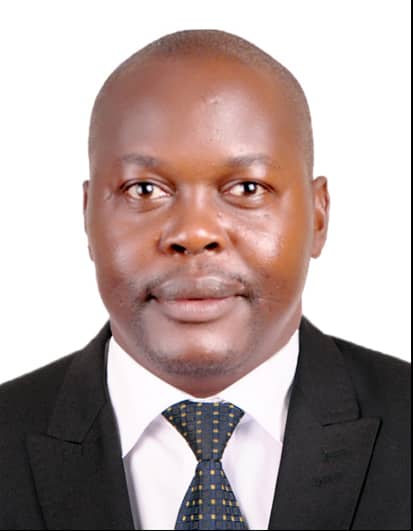OPINION BY:
KAGENYI LUKKA
D/RDC MANAFWA
DURING my usual field monitoring tours of various Government projects in Manafwa District recently, I had an engagement with a certain opinion leader.
We had a long chat about how effective service delivery is in Manafwa and what can be done to ensure that Government projects are implemented without civil servants and leaders giving excuses. The conversation was long. However, at the end of the chat, the opinion leader left me with a catch phrase: If this Parish Development Model (PDM) programme doesn’t change the everyday life of Ugandans, then, surely, we will be bewitched as a country. Depending on how one analyses the above statement, it is clear that as a country, we need to rally everyone towards the fruitful implementation of PDM as people call it.
The structure of PDM is that, it brings the decision making process to the bottom level of society, which is the parish.
It is at the parish that the distribution of whatever support that Government sends for development and investment will be determined.
In fact, during the launch of PDM in Kibuku District in February this year, President Yoweri Museveni, who came up with the PDM anti-poverty idea, said PDM will take Government to the people in a more effective way.
Cabinet in March 2021 approved the PDM as the main vehicle for reducing poverty, employment and wealth creation.
The target is to transform Ugandans from subsistence to monetary economy through what the President calls calculative agriculture, among others.
The PDM is also an implementation strategy for the National Development Plan III, whose overarching development goal, is to increase average household incomes improve quality of life of Ugandans.
PDM also advances the NRM Manifesto 2021-2026 commitments, given its multi-sectoral strategic approach to create social-economic transformation by moving the 39% households from subsistence economy into the money economy, using the Parish/ Ward as the epicenter for Development.
PDM also emphasizes the “whole of Government” approach; while also bringing State and Non-State Actors together to ensuring increased production, processing and marketing, infrastructure and service delivery at the communities level.
So, the beauty is that PDM focuses on the Parish, where there’s the last administrative structure of Government and civil servant (Parish Chief) for planning and coordinating.
PDM is also organized under 7 Pillars that are interrelated such as the agricultural value-chain development (Production, processing and marketing), infrastructure and economic services, financial inclusion of all Ugandans, social service delivery and community mobilization and mindset change, among others.
It is the pillar of community mobilization and mindset change that my work as the Deputy Resident District Commissioner (RDC) of Manafwa, is well-cut out.
As leaders we must mobilize all Ugandans, especially the 3.5 million households that are still living on subsistence farming to enable them utilize PDM to change their situation.
We need to ensure that every Household has a minimum income to access basic human needs (of food, shelter, clothing, health, education, security, spirituality etc
We have to also make sure that every household milks the opportunity the PDM presents to engage in activities that will ensure that they generate adequate income and savings.
The full implementation of the PDM programme should be everyone’s action-point because despite the numerous efforts by both the state and non-state actors in the past, over 3.5million households are still stuck in the subsistence economy and are characterised by high levels of poverty.
These subsistence households suffer from production inefficiency, low or negative productivity and limited resilience to shocks all of which impacts their capacity to earn through own initiative.
Subsistence households, also operate across all sectors of the economy – agriculture, industry and services, but with various degrees of vulnerability that partly depend on which sector is dominating their socio-economic life.
Figures from Uganda Bureau of Statistics (UBOS) show that of the 39% of Ugandan households that are in subsistence economy, 24.2% were agricultural households and 14.8% were non-agricultural households
The above figures mean that Ugandans living in these households are poverty-stricken, sometimes landless, vulnerable and unemployed.
They are also trapped in the vicious cycle of “low income, low savings and low investment.
Yet under PDM, this misery will be reversed, given the fact that it is the Parish that will determine the beneficiaries of these households and diagnose their economy issues with the right dose.
The ultimate target is inclusive, sustainable, balanced and equitable socio-economic transformation.
In fact, the target income is sh20 million per annum within the next 5 years. Surely, this target is achievable.
All we need to do is take up the challenge of mobilizing Ugandans to embrace the opportunities that PDM presents, and also aggressively tackle the mind set change question.
The writer Kagenyi Lukka is the Deputy RDC Manafwa district


